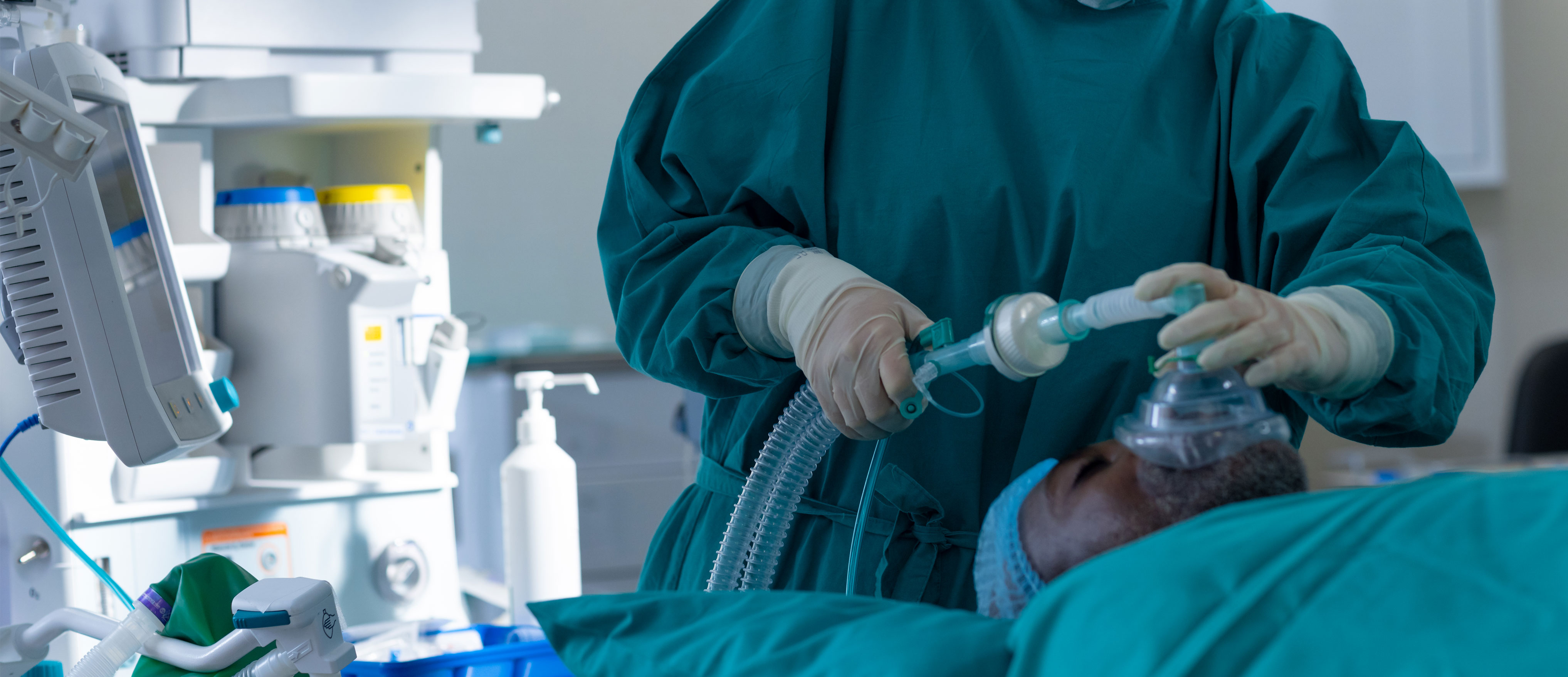
Anaesthesia
Anaesthesia is a medical treatment that is used to induce a subconscious state.
- To prevent patients from feeling pain and make their bodies stable during procedures like surgery, certain screening and diagnostic tests, tissue sample removal, and dental work.
- This allows people to have procedures without fear and allows them to live a happy and healthy life.
Overview
To induce anaesthesia, doctors use drugs commonly called anaesthetics. These drugs differ based on their intended use and effects, as well as the kinds of surgeries they are mainly used for.
The types of anaesthetic drugs include general, regional, and local anaesthetics. General anaesthetics are used to make patients unconscious during the procedure. Local and regional anaesthetics, on the other hand, are effective in numbing parts of the body, allowing surgeons to operate on that specific area of the body.
At MGDM Hospitals, we have the best anesthesiology department that is equipped with world-class facilities and a skilled and experienced team of anesthesiologists to make your anaesthetic experience smooth and effective.
Types of Anaesthesia
We help create a care plan that addresses your specific condition and we are here to answer all of your questions & acknowledge your concerns. Today the hospital is recognised as a world renowned institution, not only providing outstanding care and treatment, but improving the outcomes.
This type of anaesthesia numbs a small section of your body. Hence, they are usually used for minor or outpatient surgery. Procedures in which local anaesthesia is generally used can include cataract surgery, a dental procedure, or a skin biopsy. This anaesthesia doesn’t make you unconscious during the procedure.
Regional anaesthesia is used to block pain in a more significant part of your body, such as a limb or everything below your chest, and it doesn’t affect your whole body. During regional anaesthesia, the patient is usually conscious during the procedure, but if they require more anaesthesia, they can have sedation in addition to the regional anaesthesia. Examples of situations where regional anaesthesia is used include an epidural to ease or numb the pain of childbirth, a C-section, hip or knee surgery, and arm surgery for hand surgery.
This is the form of anaesthesia that puts you in an unconscious state and makes you insensitive to pain or other happenings in your environment. General anaesthesia usually tends to be used in invasive surgical procedures that require the patient to be in a stable and unconscious state.
Sedation is a type of anaesthesia that relaxes you to the point where the patient will be put in a more natural sleeplike state, but unlike general anaesthesia, the patient can be easily aroused or awakened. Light sedation can be prescribed by individuals who are trained and skilled enough to prescribe moderate sedation. Procedures that are usually performed with light or moderate sedation include cardiac catheterization, colonoscopies, and more. For deep sedation, it should only be handled by an anesthesiologist because your breathing may be affected by the stronger anaesthetic medications found in deep sedation compared to light to moderate sedation.
Role of Anaesthesiologists
An anaesthesiologist’s role usually involves the following duties or protocols:
- To administer one type or a combination of anaesthetics and to provide pain therapies and, in some cases, anti-nausea medications. They are responsible for ensuring that the patient doesn’t wake up mid-surgery or mid-procedure and that their body remains in a stable condition throughout the procedure.
- To monitor vital signs, including blood pressure, blood oxygen level, pulse, and heart rate, during the procedure.
- To identify and provide an immediate solution to problems, such as identifying an allergic reaction or a drastic change in vital signs.
- They are also responsible for providing postsurgical pain management.
Whether it’s a complex surgical procedure or a simple outpatient surgery, you can trust our expert team of anesthesiologists and trained hospital staff to guide you through your anaesthetic and surgical procedure with the most dedicated and personalised care. At MGDM Hospitals, the well-being and satisfaction of our patients are our top priority and we do everything we can to match your level of comfort and convenience.